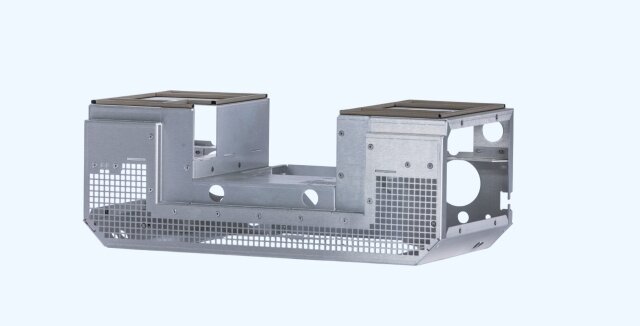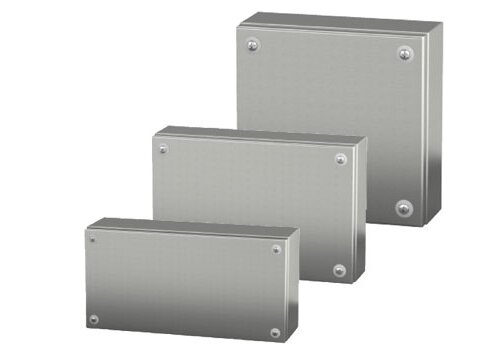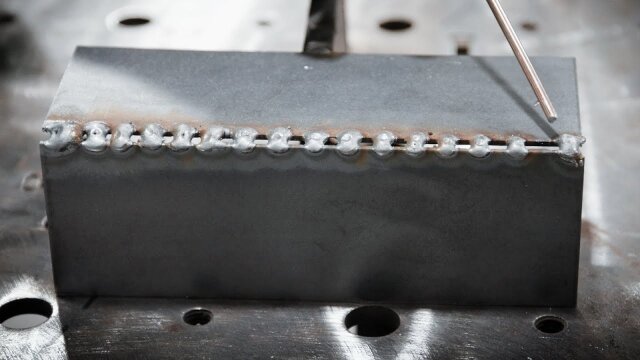Many industries face corrosion problems with metal parts. Rust damages strength, reduces lifespan, and increases maintenance costs. This leads to downtime, higher expenses, and safety risks. Geomet coating offers a modern solution. It protects metal surfaces, improves performance, and reduces costs. Engineers and manufacturers now rely on it to meet strict standards for durability and efficiency.
Geomet coating gives strength, protection, and reliability. Its wide use shows how much industries trust it. Let’s look closer at its performance, applications, and benefits.
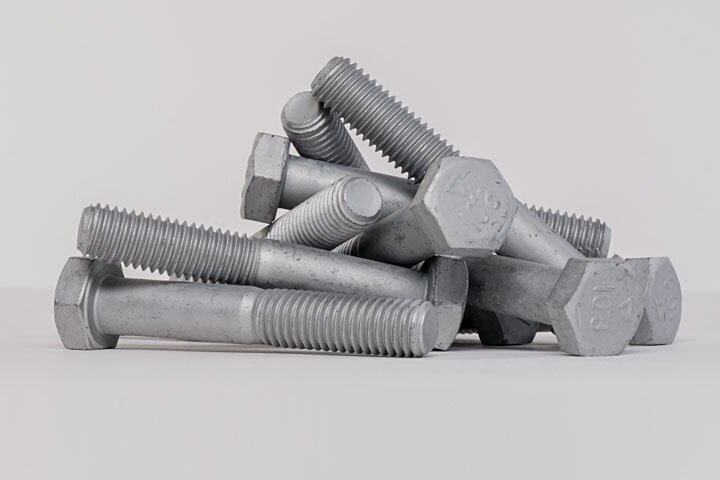
What Is Geomet Coating?
Geomet coating is a water-based protective layer made from zinc and aluminum flakes. It forms a thin, even film on the surface of metal parts. This layer blocks moisture, salt, and chemicals, helping to stop rust and wear. Since it does not contain heavy metals like chromium, it is safer for workers and better for the environment.
The coating process is simple. Parts are sprayed or dipped in the solution and then cured at a set temperature. Once finished, the surface becomes dry, smooth, and corrosion-resistant. The layer is skinny, so it does not change part dimensions or cause thread issues. This makes Geomet coating a good choice for parts that need an accurate fit and reliable performance.
How Geomet Coating Works?
Geomet coating protects metal parts through its chemical makeup and the way it is applied. Its strength comes from the mix of zinc and aluminum flakes and the layers they create during curing.
Chemical Makeup and Structure
The coating contains zinc and aluminum flakes in a water-based binder. The flakes line up and overlap like shields when the layer is cured. This layered pattern stops moisture, salt, and chemicals from reaching the metal. Zinc gives sacrificial protection, slowing rust if the surface is scratched. Aluminum makes the layer more stable and helps it resist heat.
Application and Process
Geomet can be applied by spraying, dipping, or dip-spin, depending on the shape and size of the part. After coating, the parts are baked at a set temperature. This curing bonds the flakes and forms a thin, smooth layer. The process can be repeated to increase thickness or meet stricter requirements if needed.
Passivation and Topcoats
Extra treatments can be added after the base coating. Passivation adds another layer that improves chemical and wear resistance. Topcoats can adjust fastener friction, helping with controlled tightening. They can also boost abrasion resistance or improve appearance.
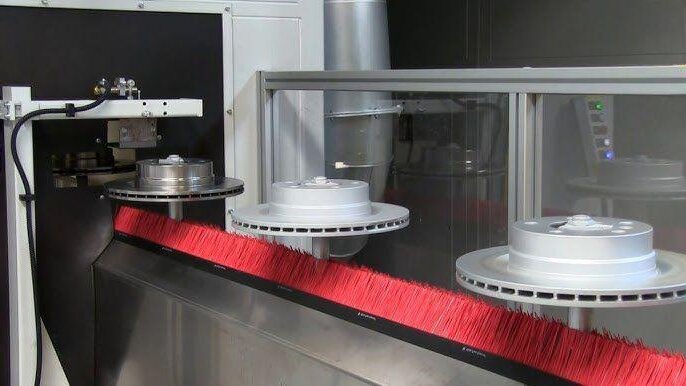
Core Characteristics of Geomet Coating
Geomet coating has several key features that make it dependable in industrial use. Its design and performance help ensure strength, safety, and efficiency in many fields.
Water-Based and Solvent-Free
Geomet is water-based and does not use solvents or heavy metals. This makes it safer for workers and reduces harmful emissions. It also meets strict environmental standards. The process is easy to manage in production and does not need special waste handling, which helps keep costs lower.
Thin and Even Layer
The coating forms a skinny layer, usually only a few microns thick. This keeps part dimensions accurate and prevents changes in fit. The layer spreads evenly, covering edges, corners, and threads without buildup. Because of this, it works well for fasteners, bolts, and other precision parts.
Strong Corrosion Protection
Geomet is highly resistant to corrosion, even in salt spray or chemical tests. In many cases, it lasts thousands of hours under harsh conditions. This makes it useful for parts in cars, ships, and construction equipment. By stopping rust, it extends the life of parts and reduces the need for maintenance.
Heat and Temperature Resistance
Geomet stays stable even when exposed to high heat. It does not peel or lose protection under thermal stress. This makes it suitable for components near engines, brakes, or other hot environments. The coating keeps both its look and its performance over time.
Process of Applying Geomet Coating
Applying Geomet coating involves several controlled steps to achieve strong adhesion, even coverage, and lasting protection. Each stage is carefully managed to ensure reliable results.
Surface Preparation
The process starts with cleaning the surface. Parts are degreased to remove oil, dirt, and other residues. Rust or oxides may be removed through mechanical or chemical treatments. A clean surface allows the coating to bond well and spread evenly. Without this step, the coating could peel or weaken under stress.
Dip-Spin and Spray Methods
After preparation, the coating is applied. Small or complex parts, such as bolts and screws, are usually coated by dip-spin. In this method, parts are dipped into the coating liquid and spun to remove the excess, leaving a uniform layer. Spray application is used for larger parts or areas that need more control. Both methods provide precise thickness and even distribution.
Baking and Curing
Once coated, parts are baked in an oven at controlled temperatures. The zinc and aluminum flakes form a dense protective layer during this step. Correct curing ensures that the coating sticks firmly and resists corrosion. Time and temperature are carefully managed so all parts reach the same level of performance.
Inspection and Quality Control
The final step is quality inspection. Coating thickness is measured to match the required standards. Adhesion and corrosion resistance are tested with tools and salt spray chambers. Visual checks also spot cracks, uneven areas, or defects. Only parts that pass all checks move forward to packaging or assembly, ensuring dependable protection in their final use.
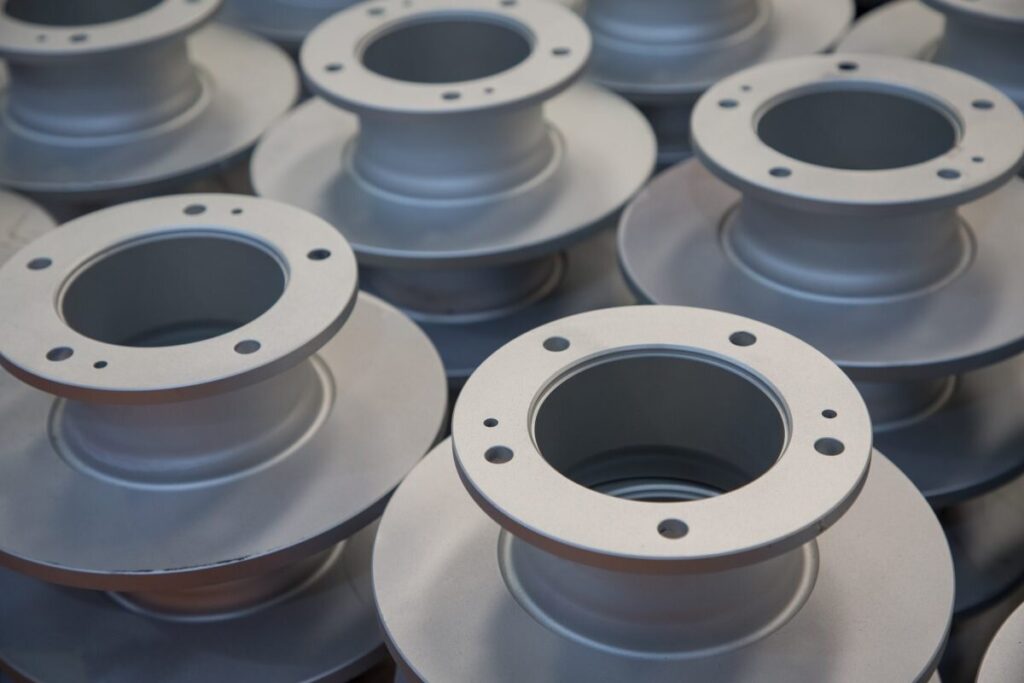
Advantages of Geomet Coating
Geomet coating offers many benefits, making it a trusted choice for different industries. Its strong protection, safety features, and efficiency make it suitable for both small parts and large-scale use.
Strong Corrosion Resistance
Geomet provides lasting protection against rust and corrosion. Its zinc-aluminum flake system blocks moisture, salt, and chemicals from reaching the surface. In salt spray tests, it shows resistance for thousands of hours. Slowing rust extends the part’s life and reduces the need for replacements.
Safe and Environmentally Friendly
The coating is water-based and does not contain solvents or hexavalent chromium. It meets REACH and ELV standards, which makes it safe for workers and compliant with global rules. Its eco-friendly design lowers emissions during production and supports sustainable manufacturing.
Cost-Effective for Mass Production
Geomet works well in high-volume manufacturing. Dip-spin and spray methods make application fast and consistent, cutting labor and cycle times. Because the layer is thin, no re-machining is needed, which reduces waste.
Fits Fasteners and Complex Parts
The coating spreads evenly over threads, edges, and complex shapes without buildup. It does not change dimensions, so parts fit correctly during assembly. This makes it ideal for bolts, nuts, and other precision parts. It can also be paired with topcoats that control friction, helping with accurate fastener tightening.
Limitations and Considerations
Even the best solutions have their limits. Knowing them helps you make the best choice for your project.
Thickness Limits
Geomet is made to be thin, usually just a few microns. This is ideal for threaded parts and close tolerances, but prevents the buildup of thicker layers. Unlike hot-dip galvanizing or heavy plating, it cannot provide thick protection for extreme wear or impact.
Appearance and Finish
The coating produces a matte gray surface. It is functional but not decorative. It does not give a glossy or polished look, which may be a drawback for parts where appearance matters. Topcoats can improve looks or add some color, but choices are limited compared to paint or powder coating.
Limits in Harsh Environments
Geomet works well in most conditions but has limits in extreme chemical settings. Strong acids or alkalis can reduce its protection. While it resists high heat, constant exposure to high temperatures may shorten its service life.
Industrial Applications of Geomet Coating
Geomet coating is widely used in industries that need durable, precise, and regulation-compliant protection. Its performance makes it suitable for critical parts that face challenging environments.
Automotive Industry
Automakers use Geomet for fasteners, brake parts, and chassis components. It stands up to road salt, moisture, and heat without losing strength. The thin layer keeps bolts and nuts fitting properly while avoiding hydrogen embrittlement in high-strength steels.
Renewable Energy
Wind and solar systems rely on Geomet-coated fasteners, bolts, and support frames. These parts face constant outdoor exposure to rain, salt spray, and changing weather. Geomet offers long-term protection while also meeting environmental standards.
Marine
Marine conditions expose metals to constant saltwater and humidity. Geomet provides strong corrosion resistance for ship fasteners, deck gear, and offshore structures. Its thin, even layer protects small threaded parts that face heavy use and stress.
Aerospace
Strength and low weight are essential in aerospace. Geomet protects parts without adding bulk or changing dimensions. Fasteners, clamps, and engine components gain resistance to corrosion and heat while avoiding hydrogen embrittlement in high-strength alloys.
Conclusion
Geomet coating offers a strong, thin layer of defense against corrosion and wear. It uses a safe, water-based process with zinc and aluminum flakes. This coating does not change your part’s size or look. It works well in many industries, such as automotive, aerospace, and marine.
Ready to protect your components with Geomet coating? Contact our team today for a free quote and see how we can improve your product’s durability.
Hey, I'm Kevin Lee

For the past 10 years, I’ve been immersed in various forms of sheet metal fabrication, sharing cool insights here from my experiences across diverse workshops.
Get in touch

Kevin Lee
I have over ten years of professional experience in sheet metal fabrication, specializing in laser cutting, bending, welding, and surface treatment techniques. As the Technical Director at Shengen, I am committed to solving complex manufacturing challenges and driving innovation and quality in each project.


